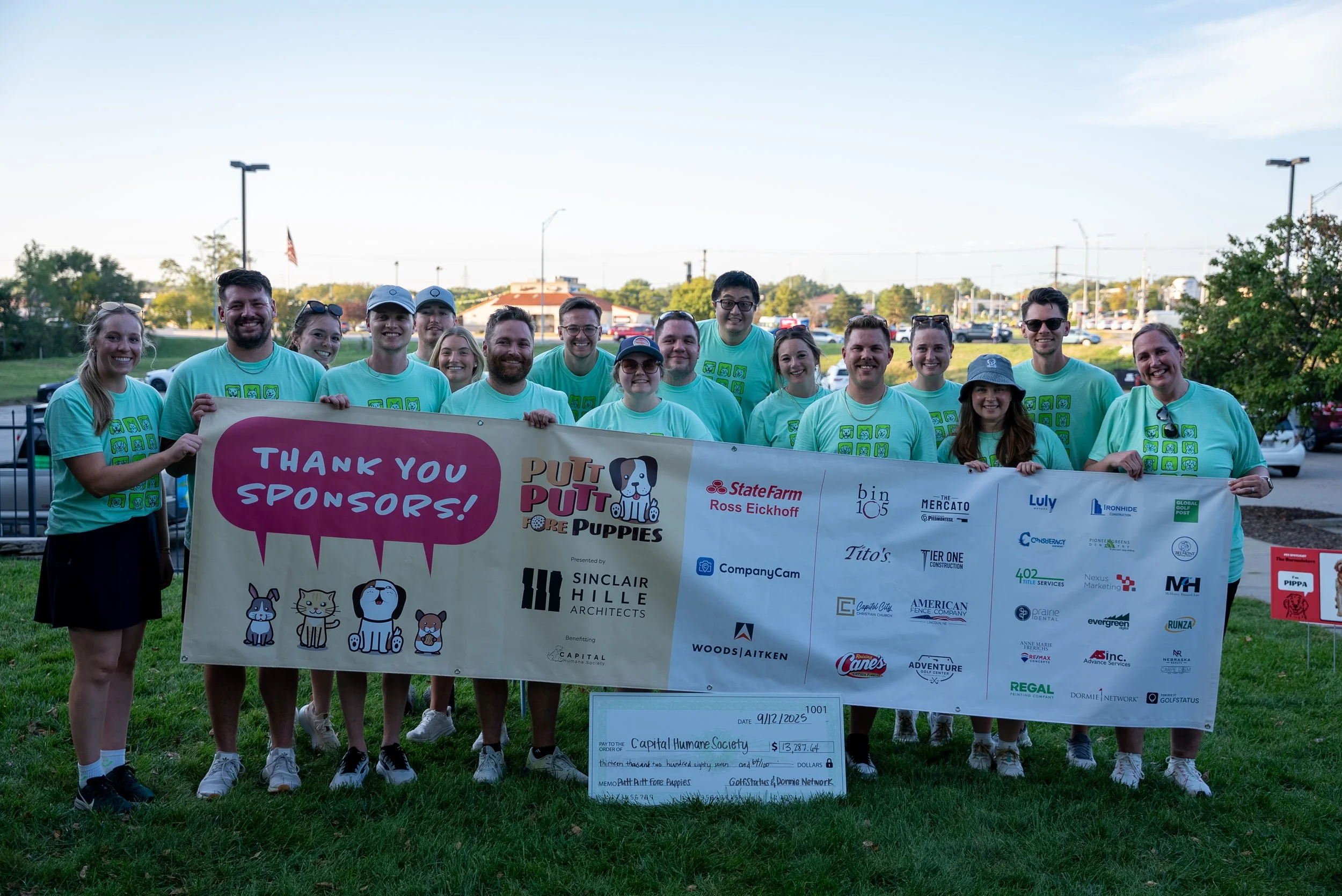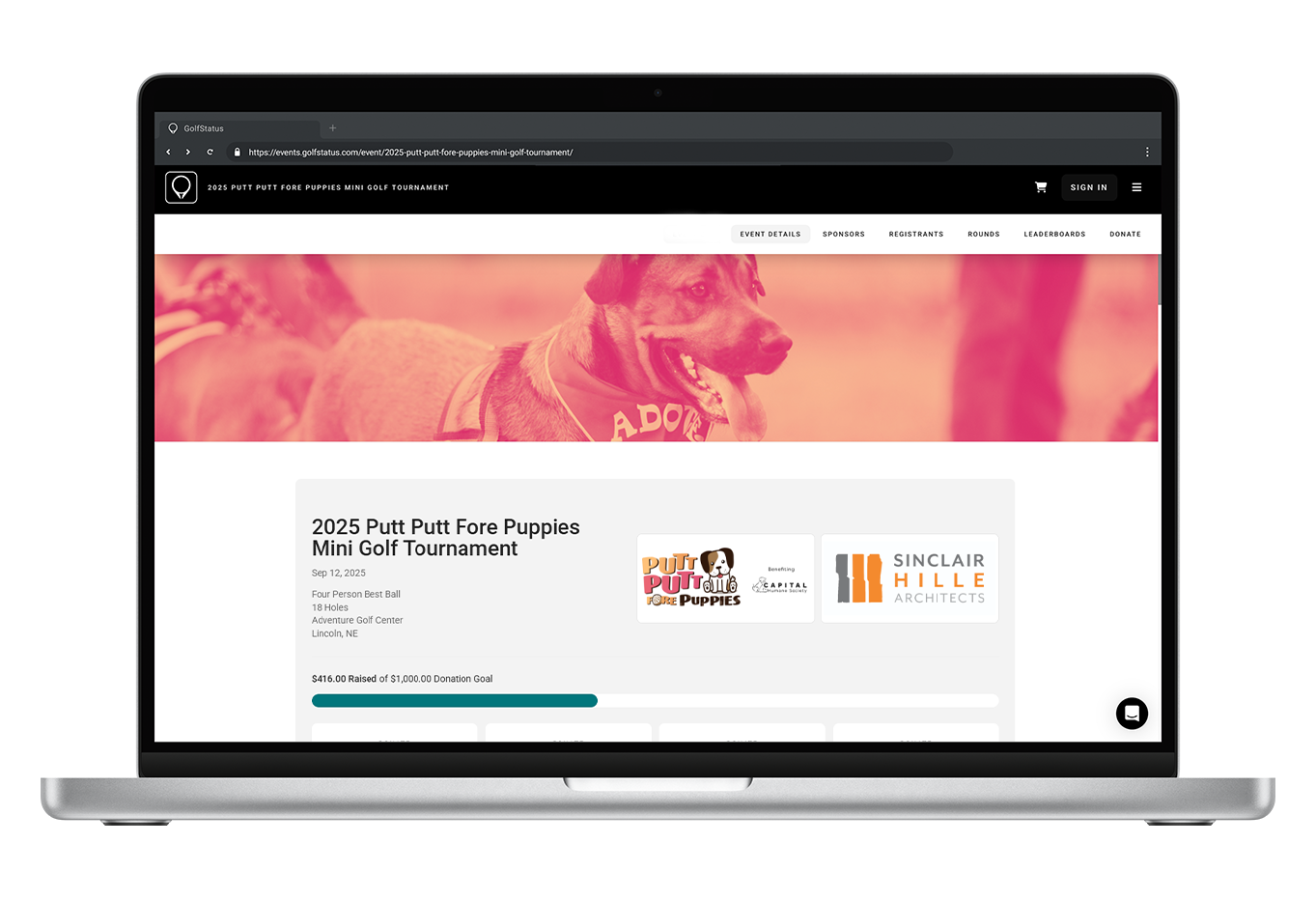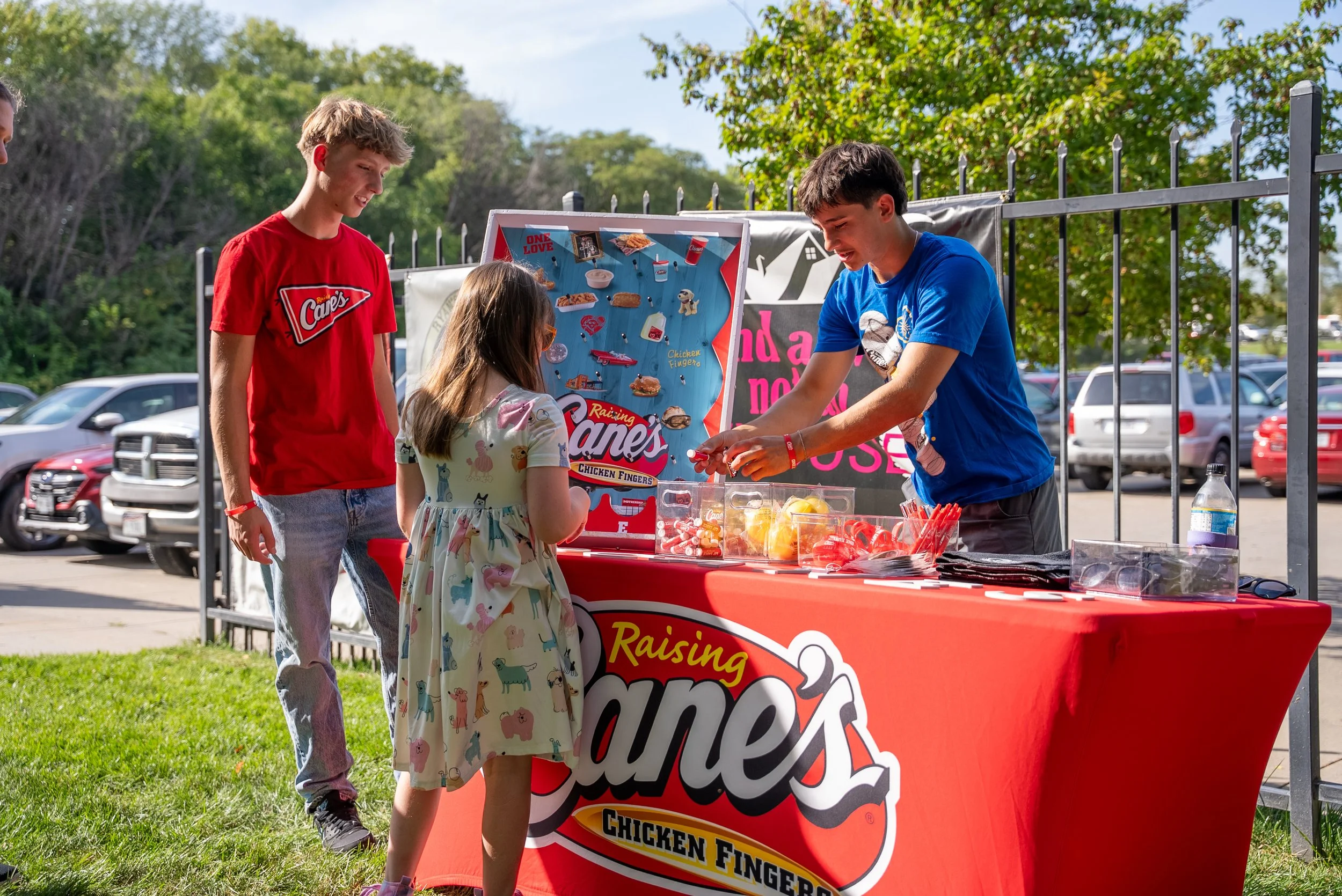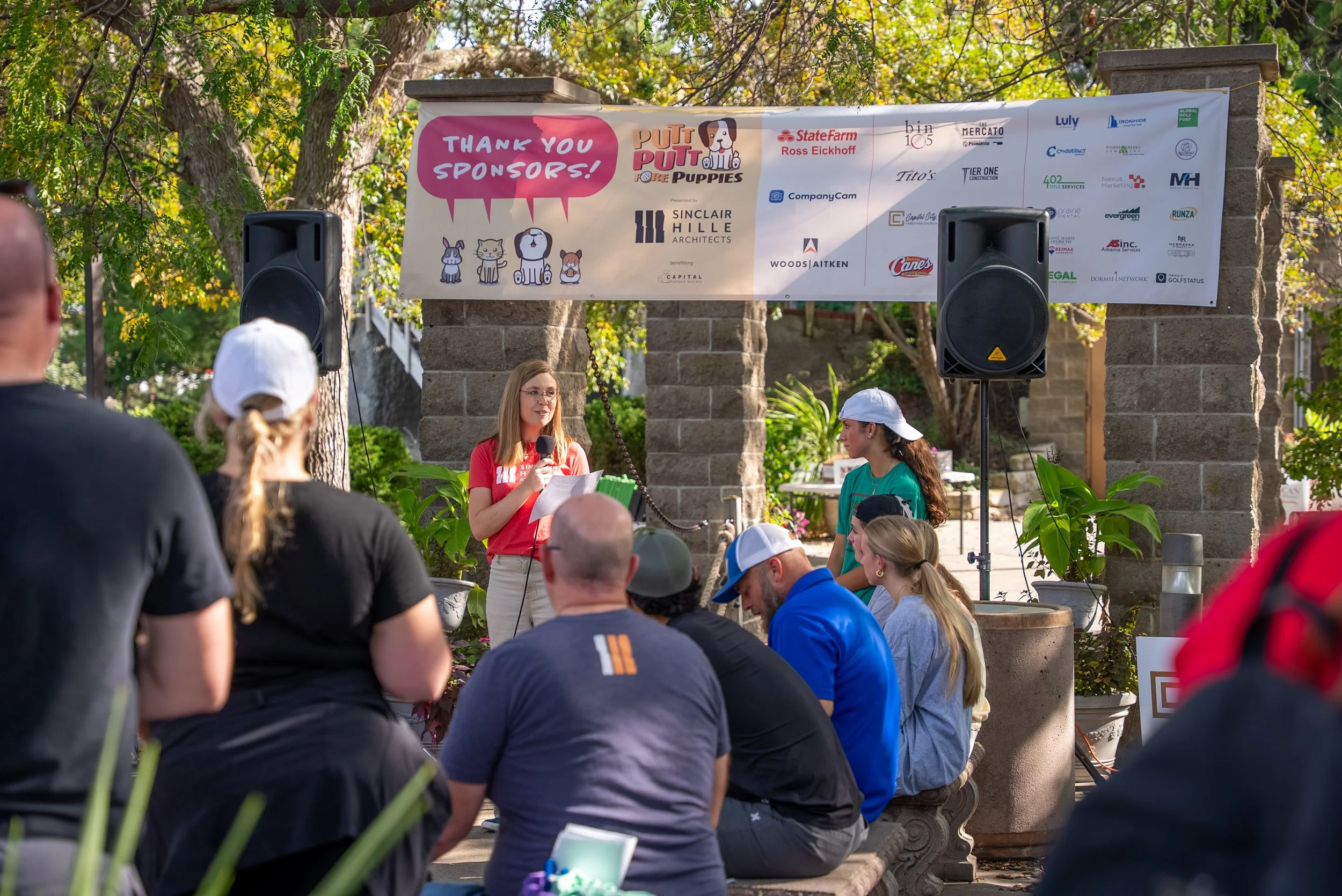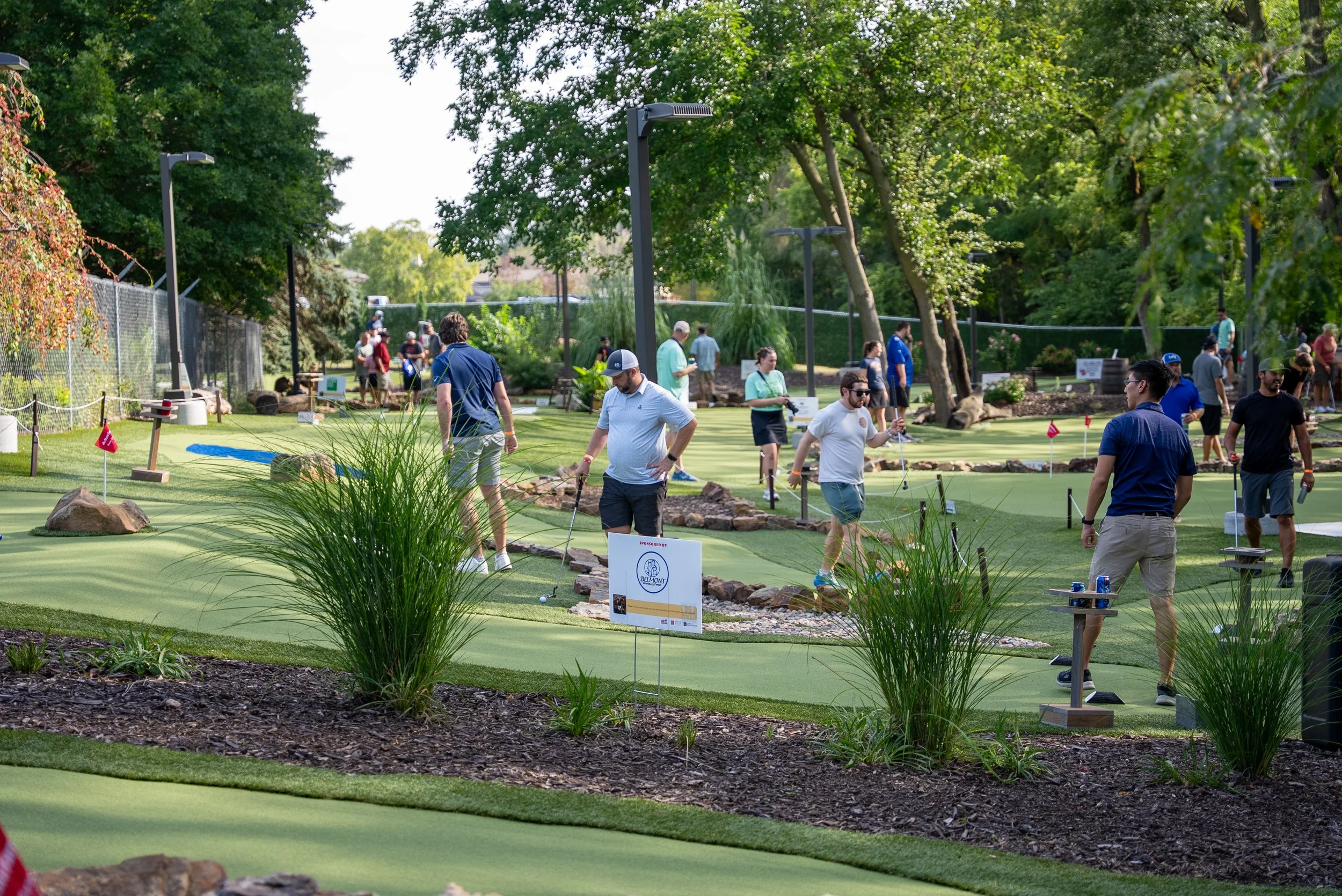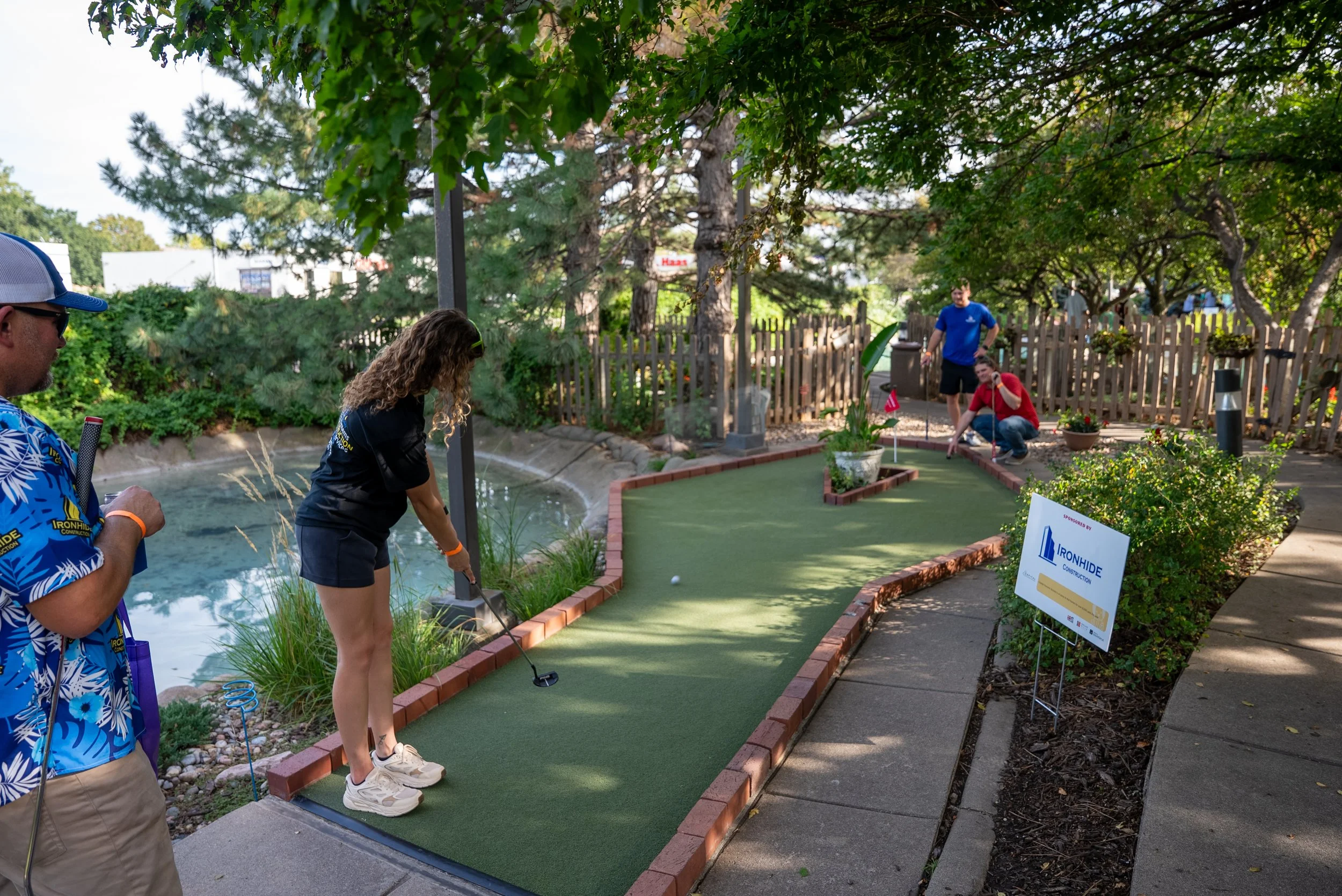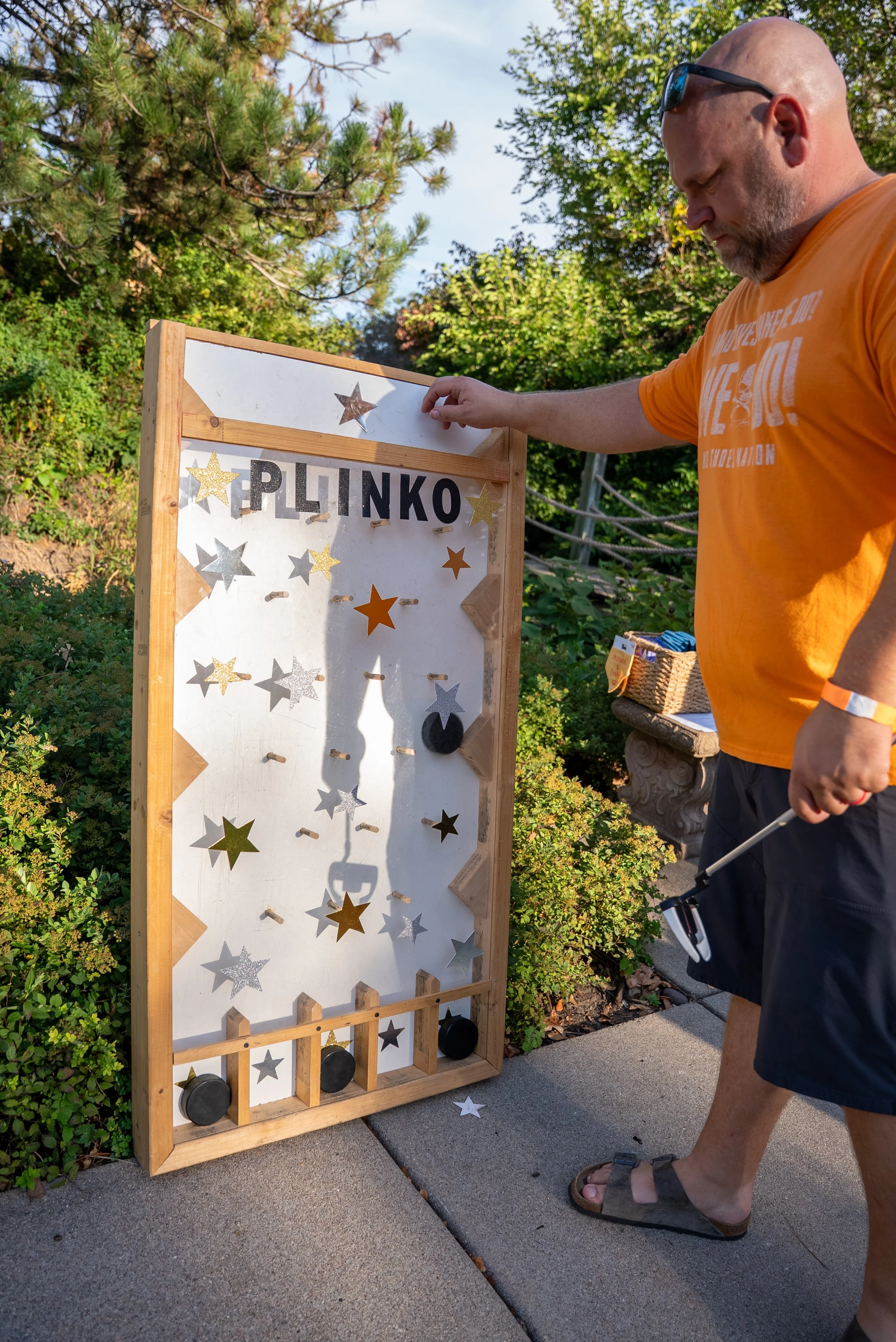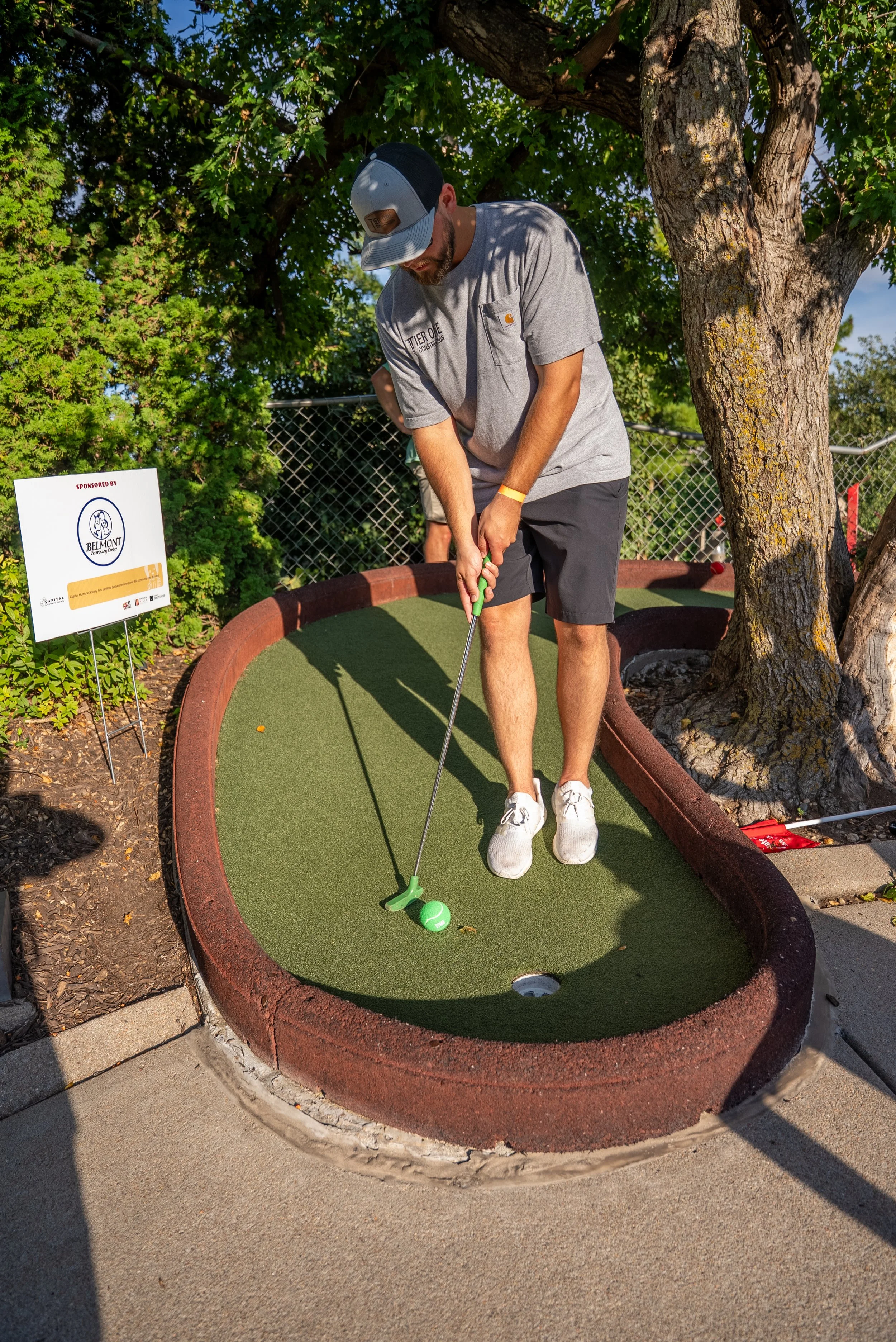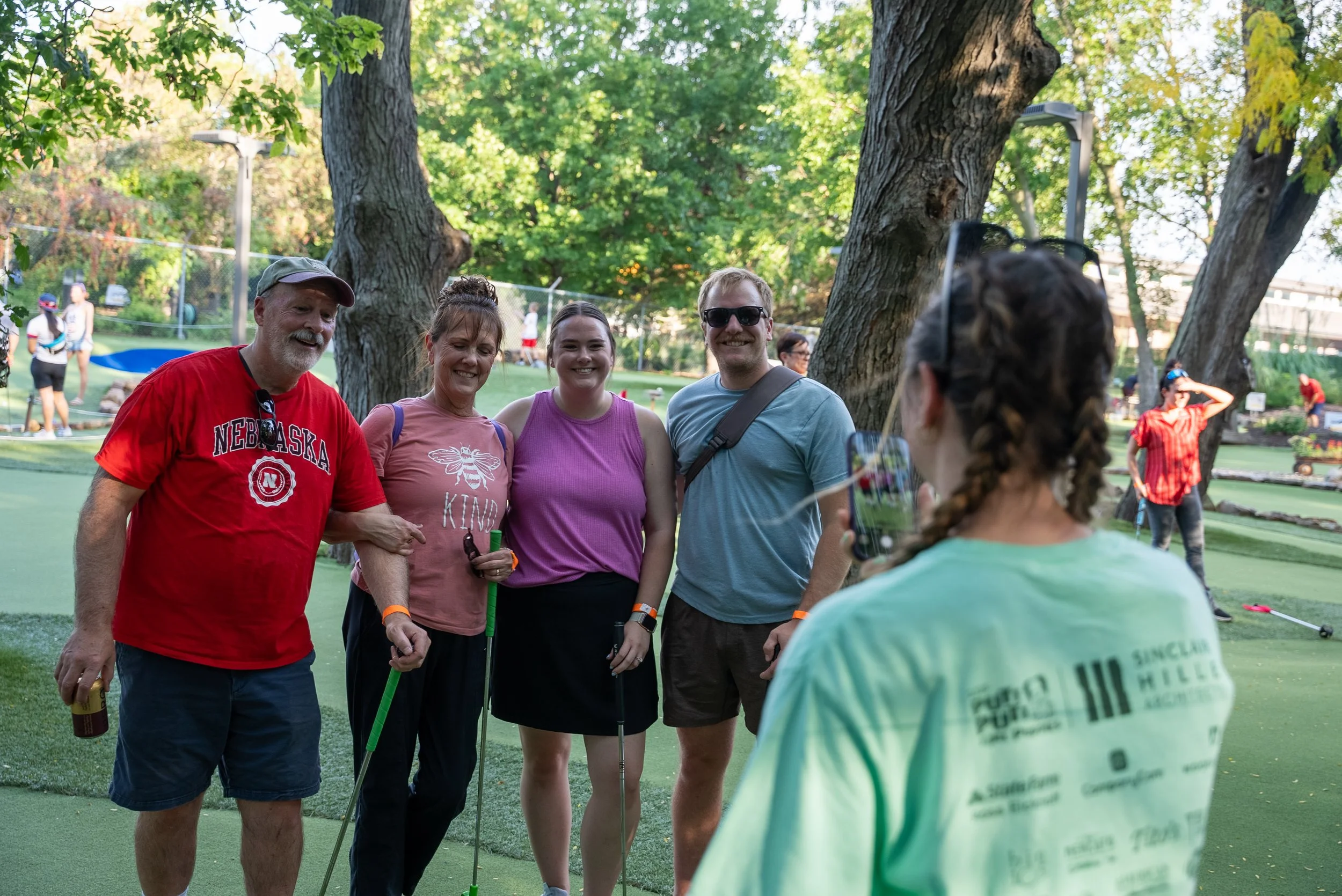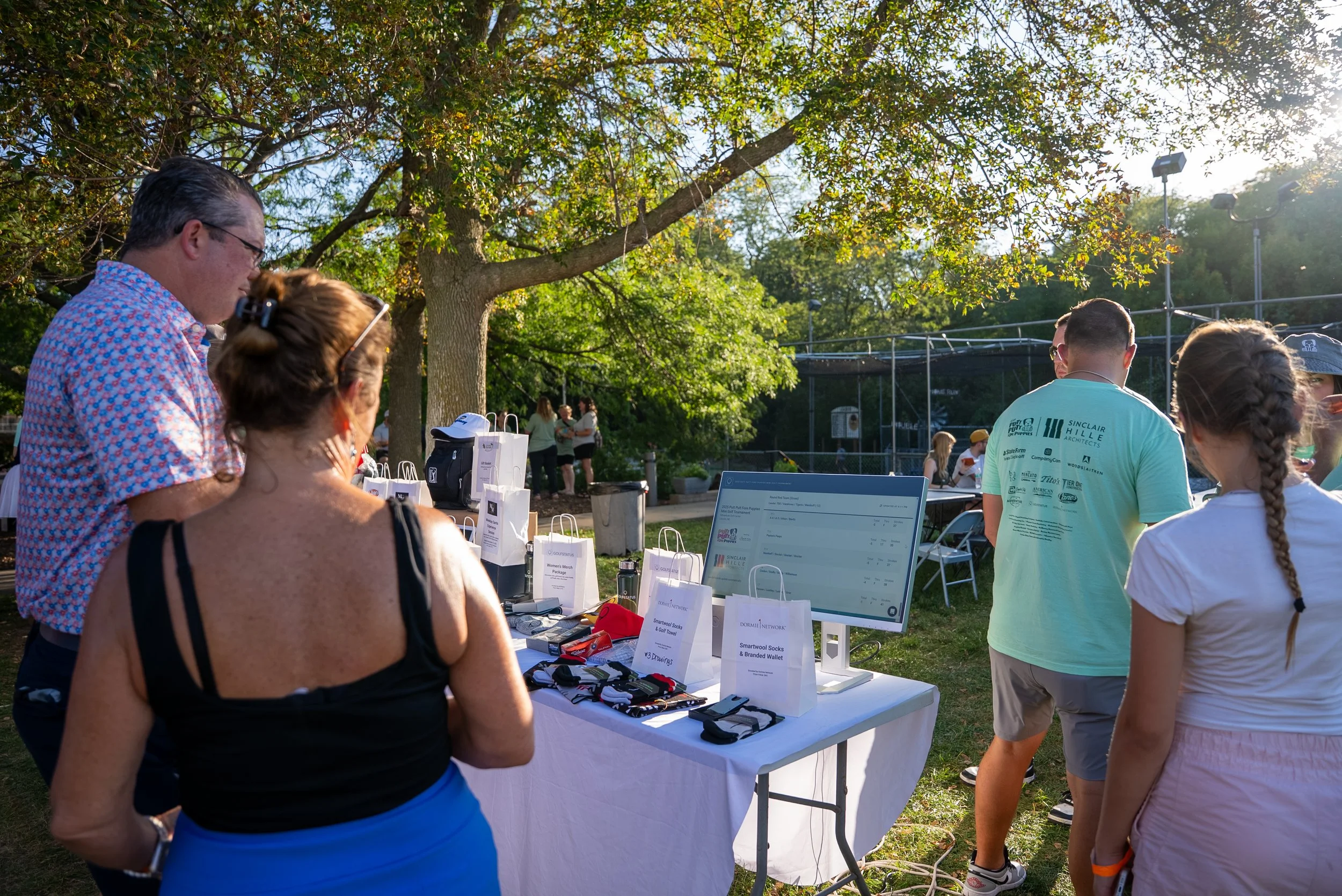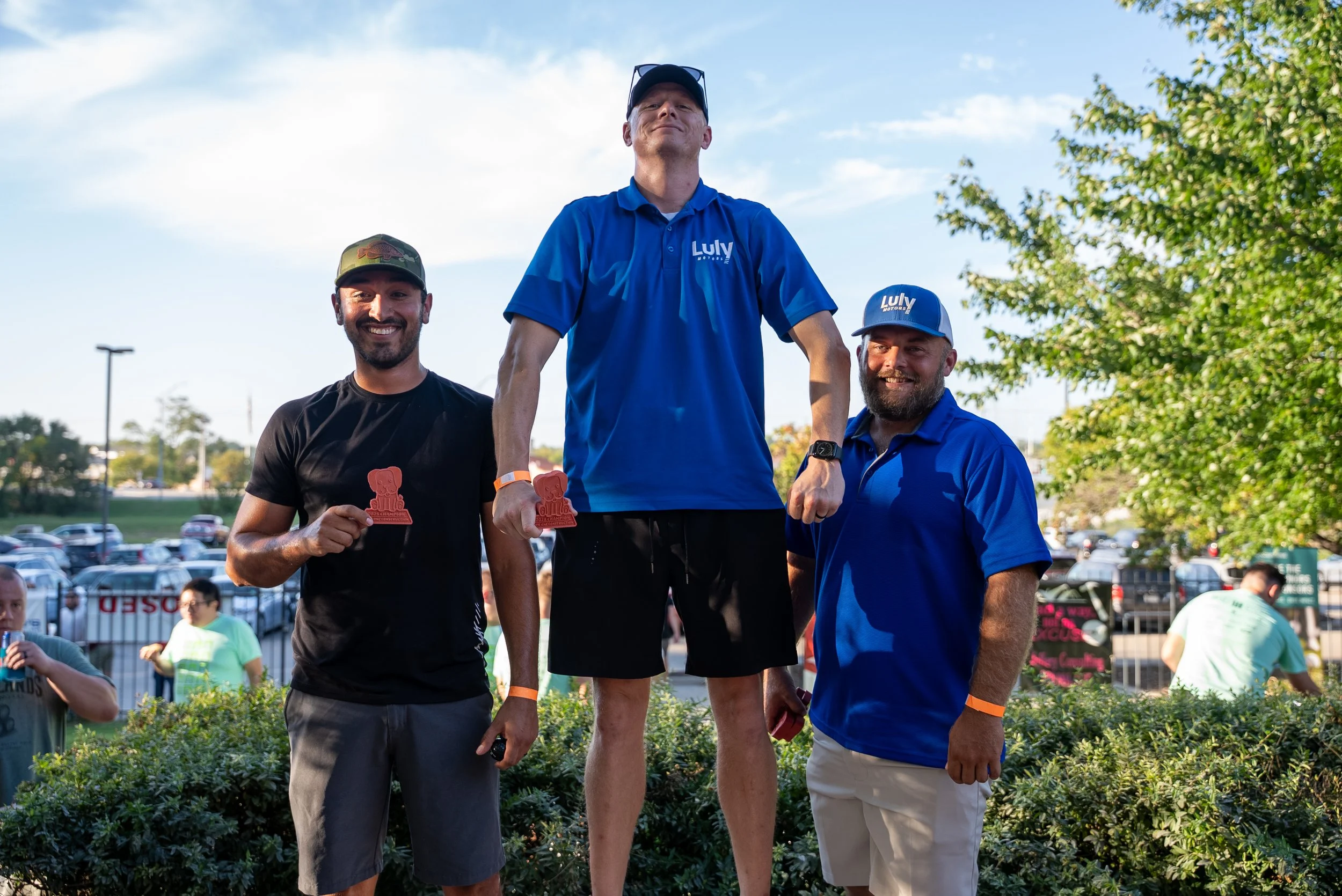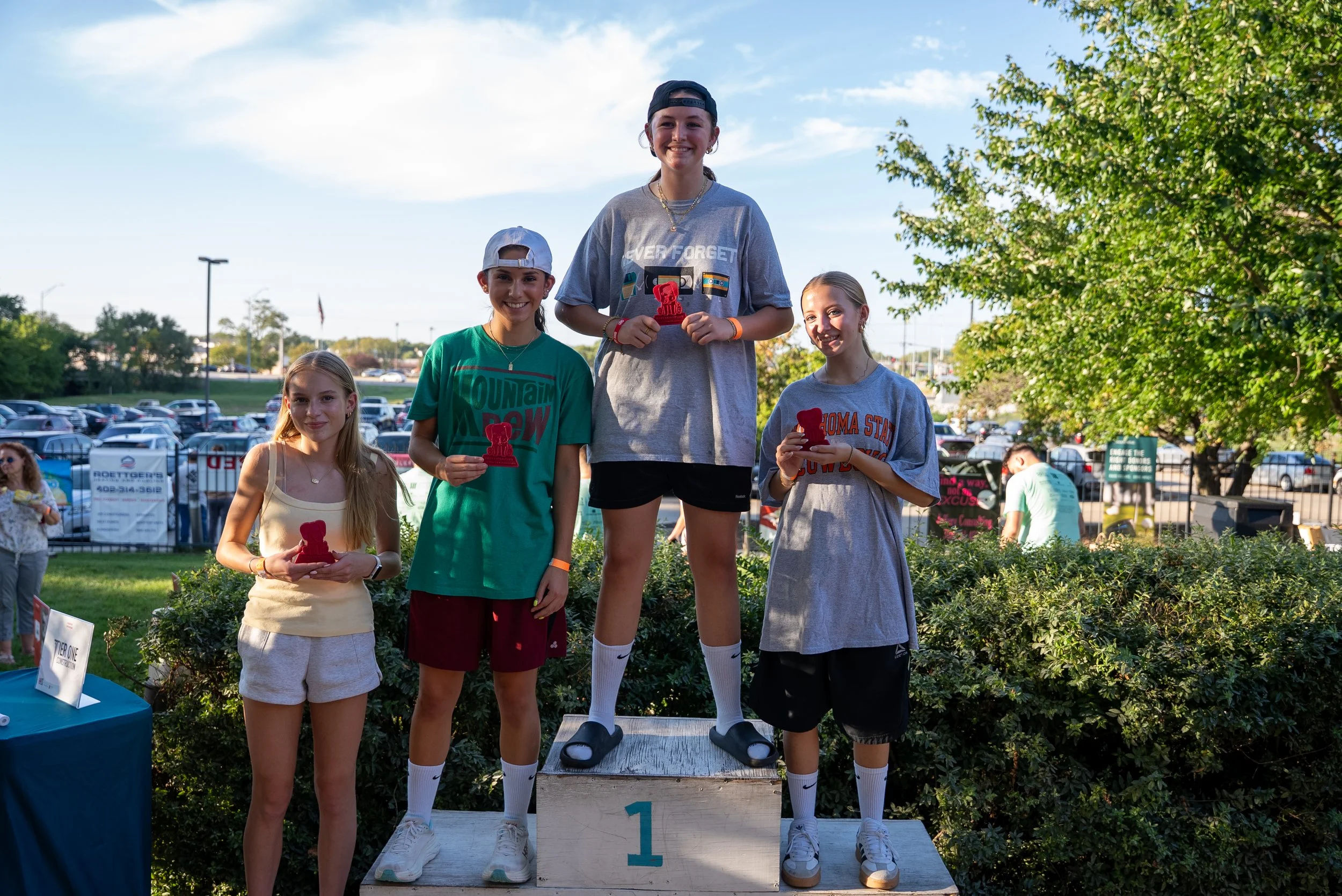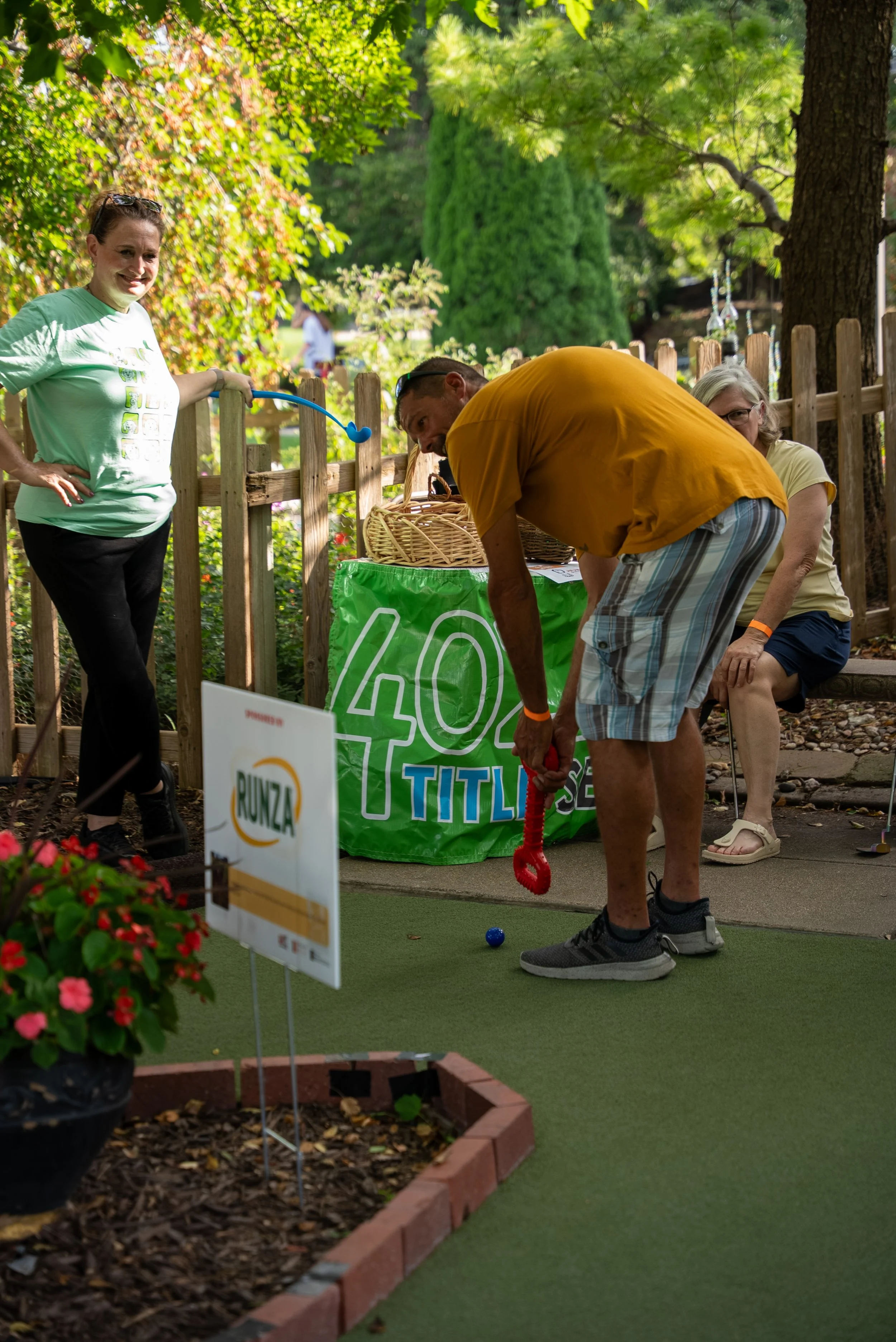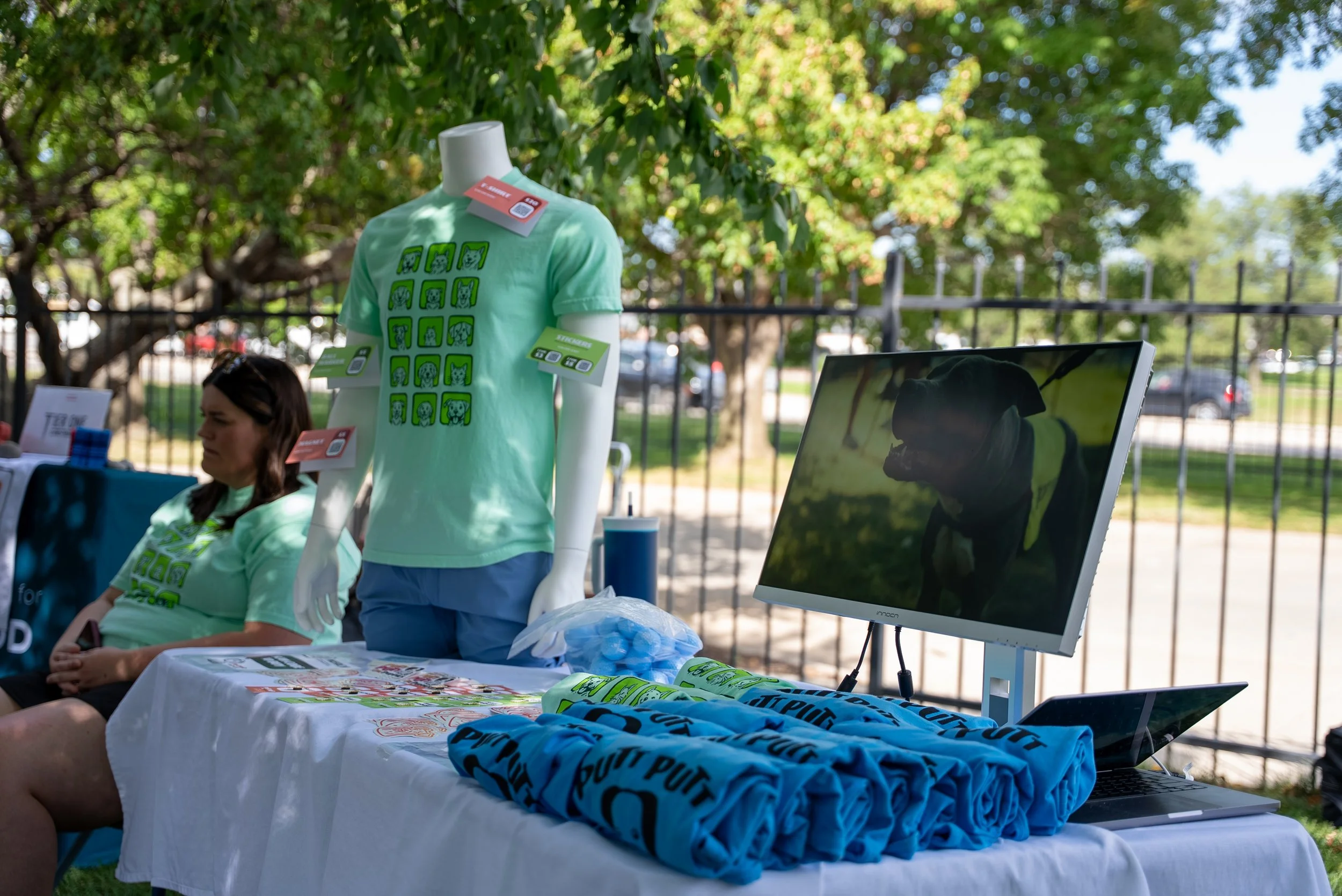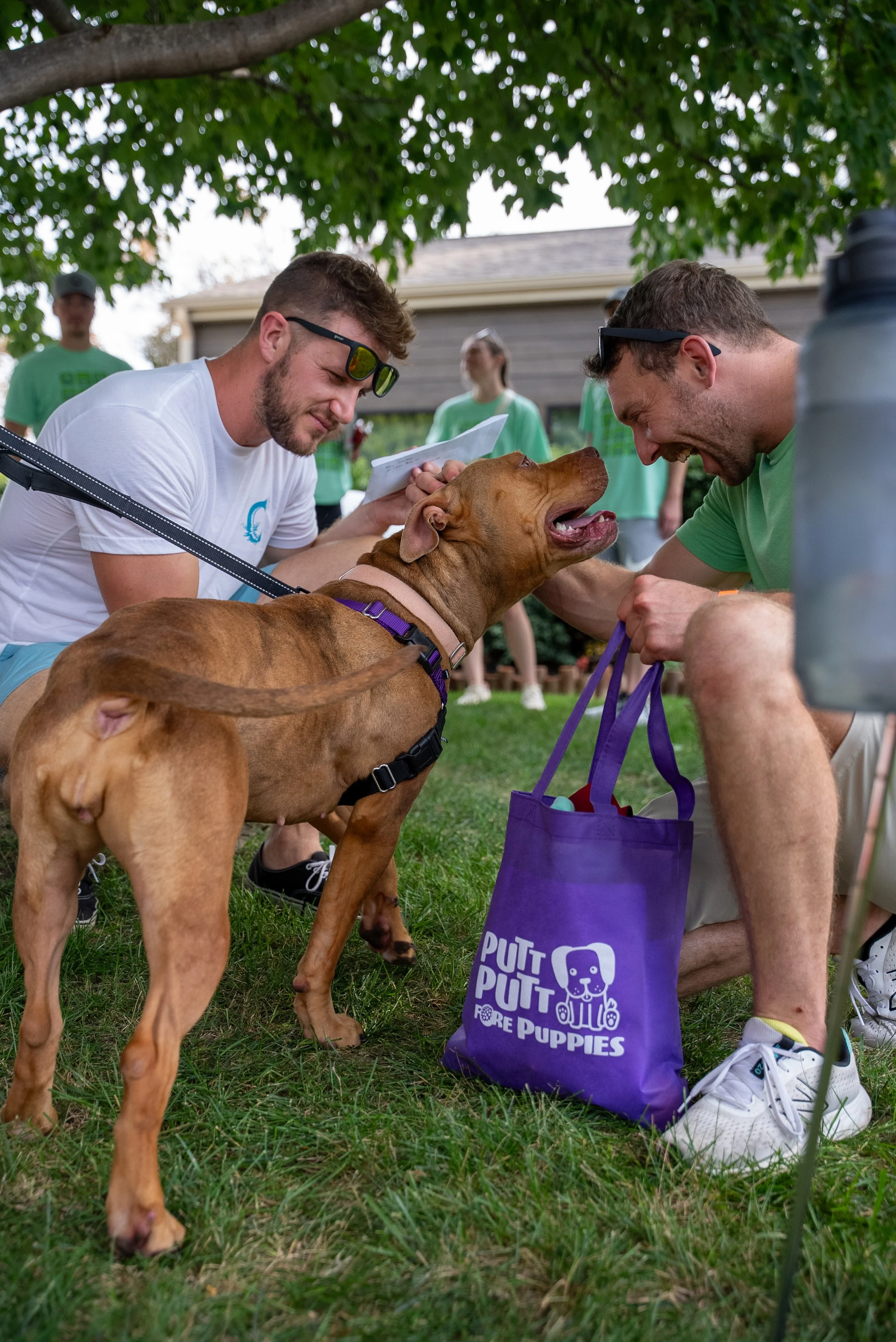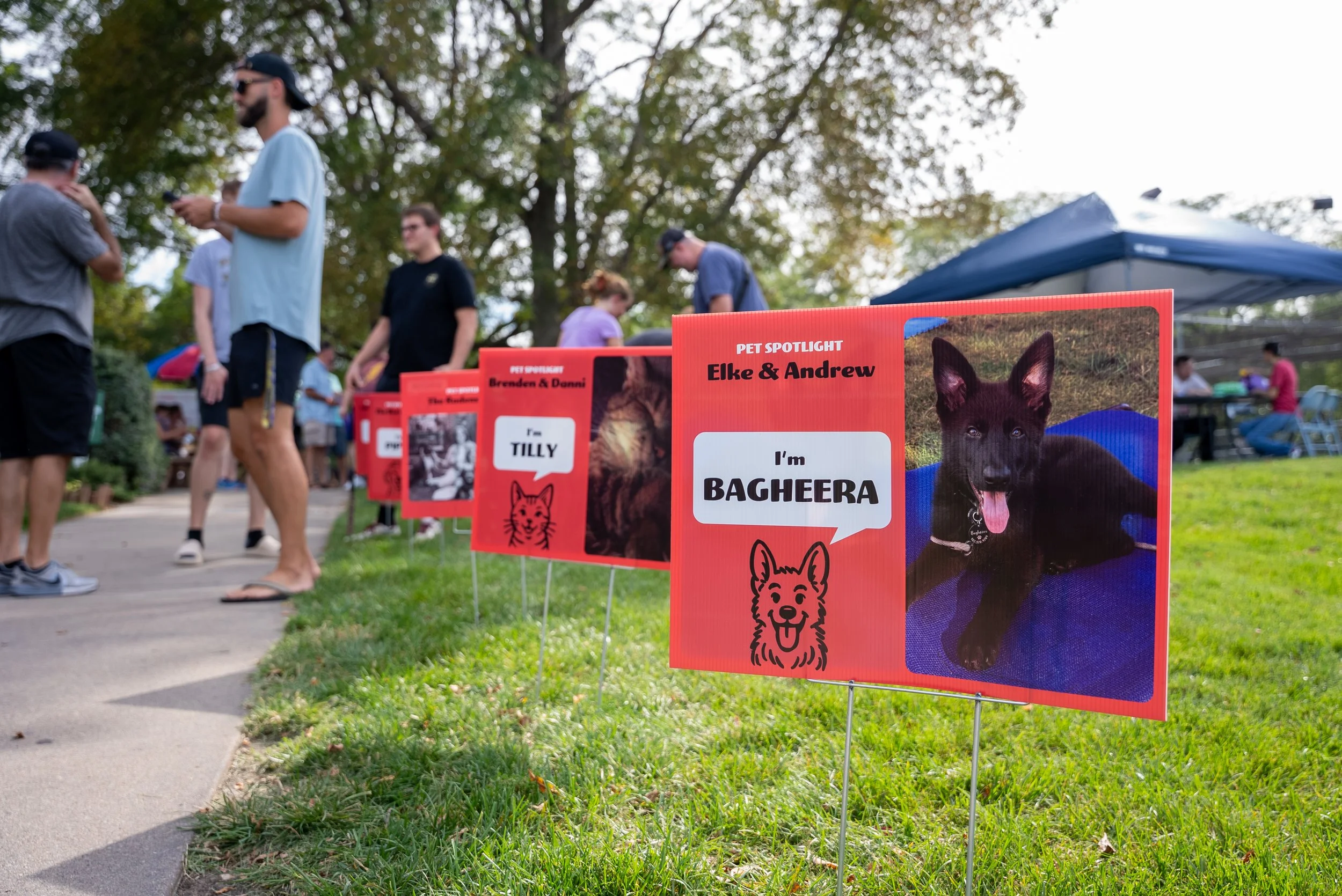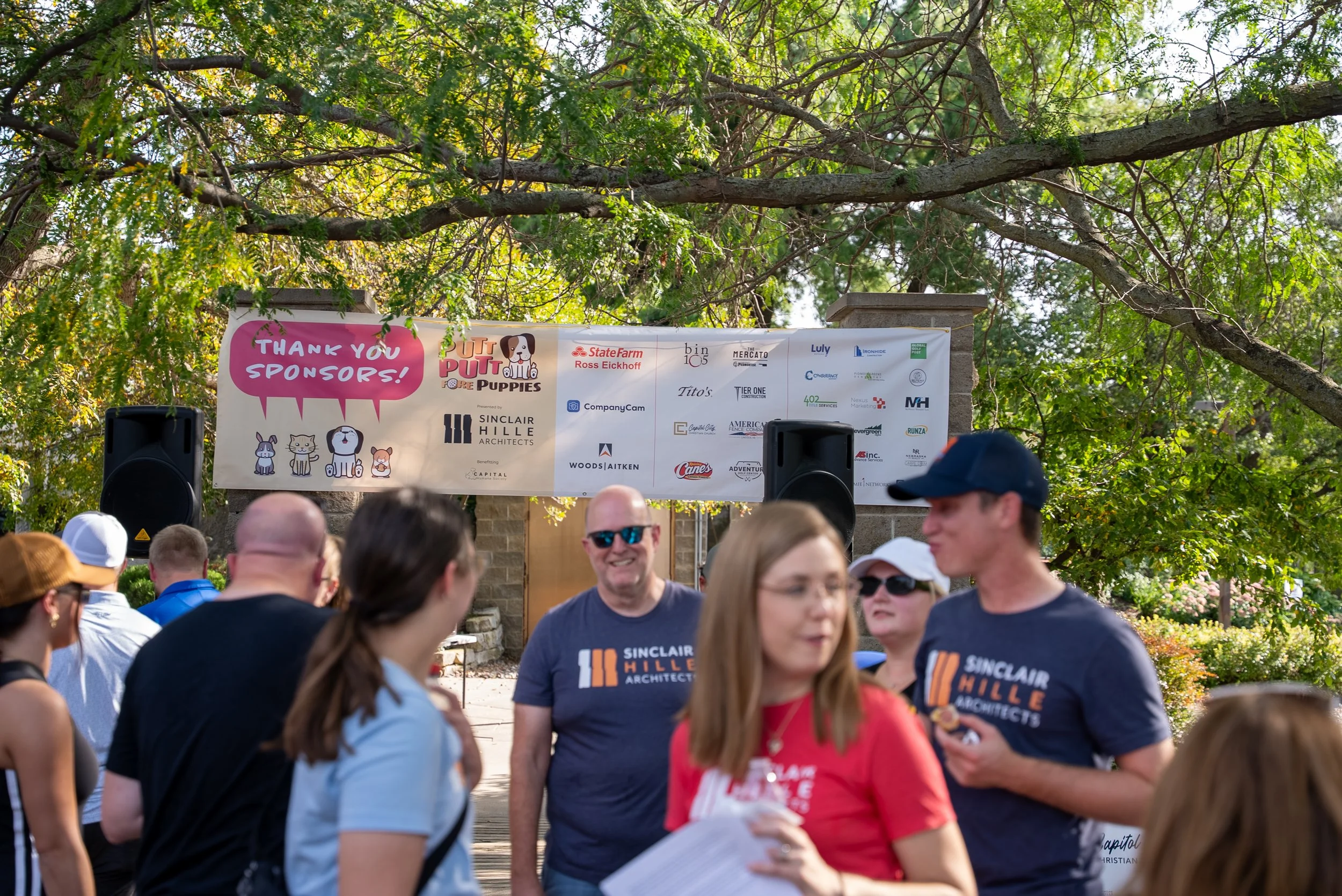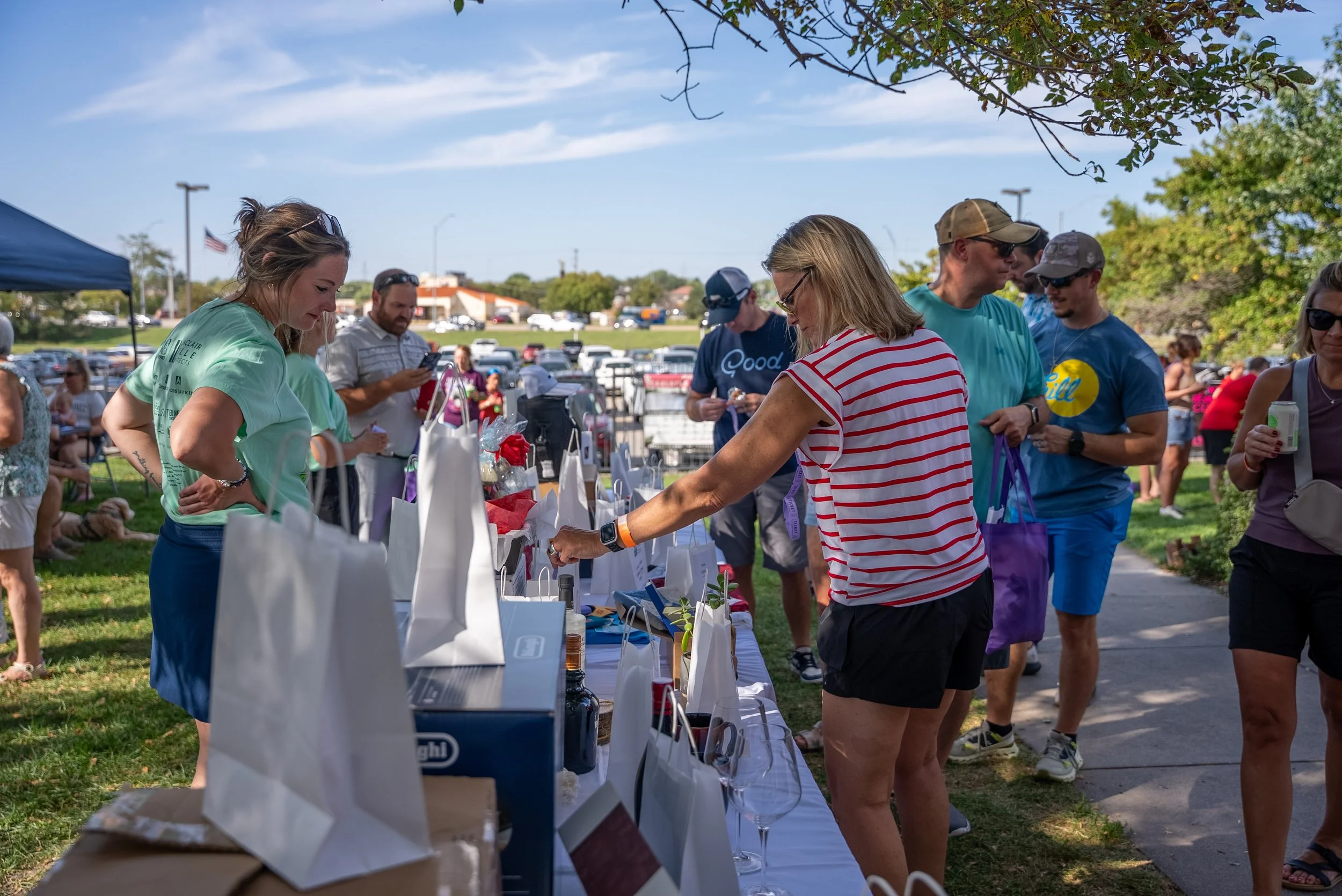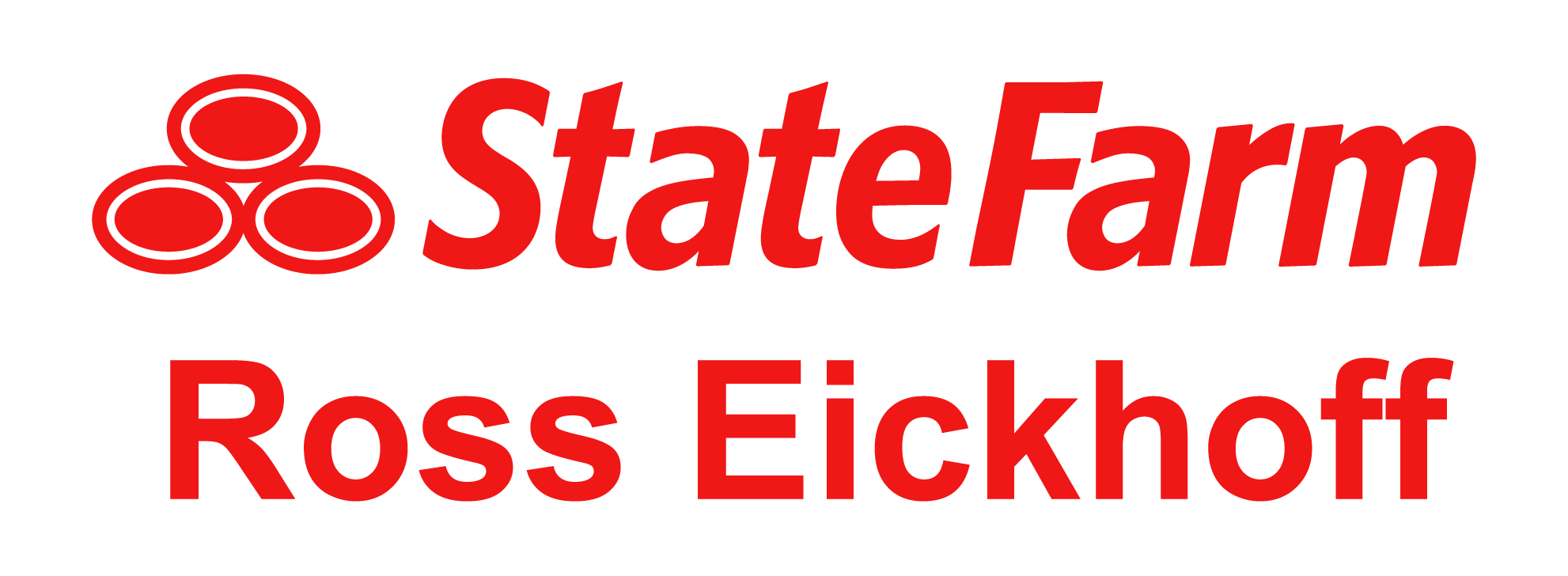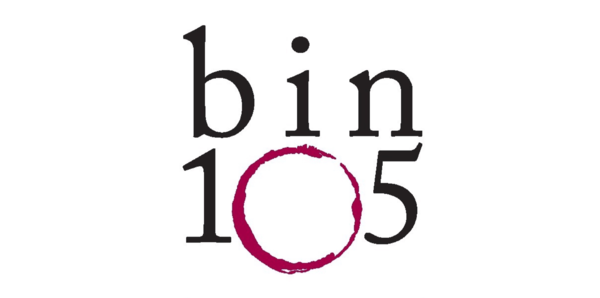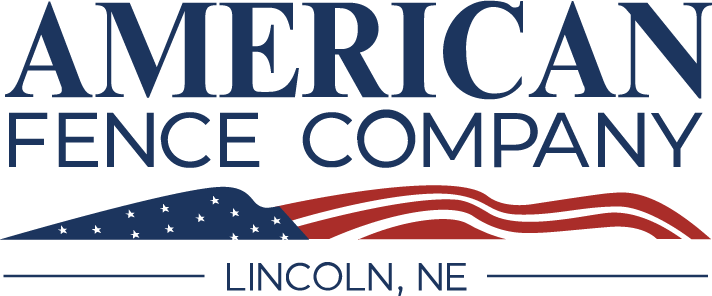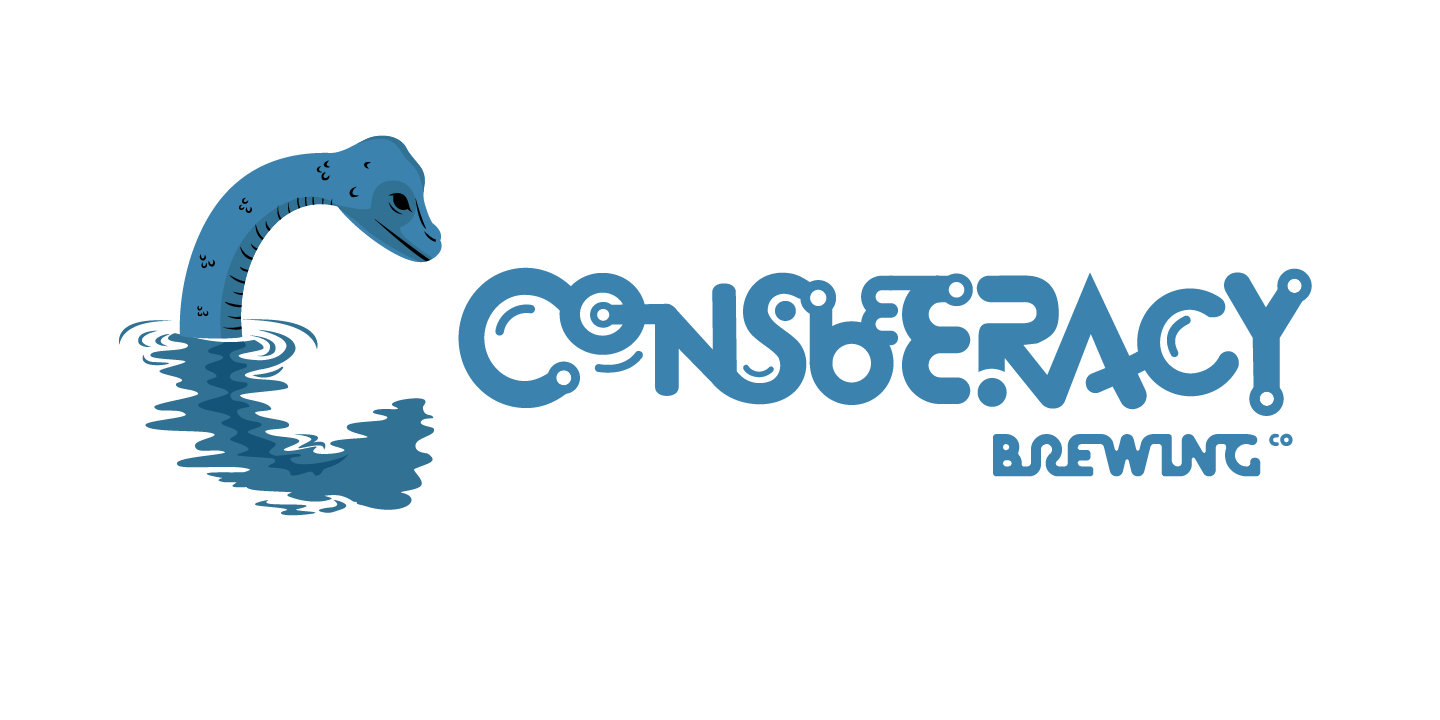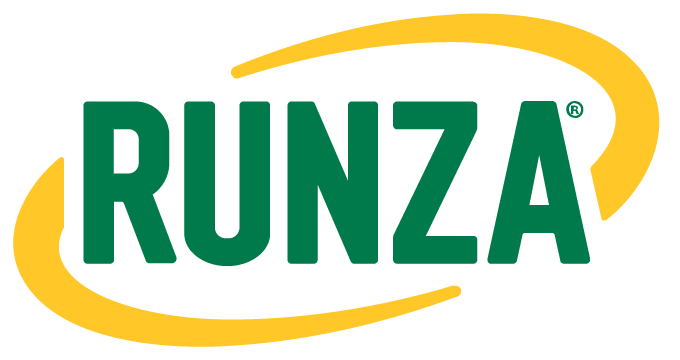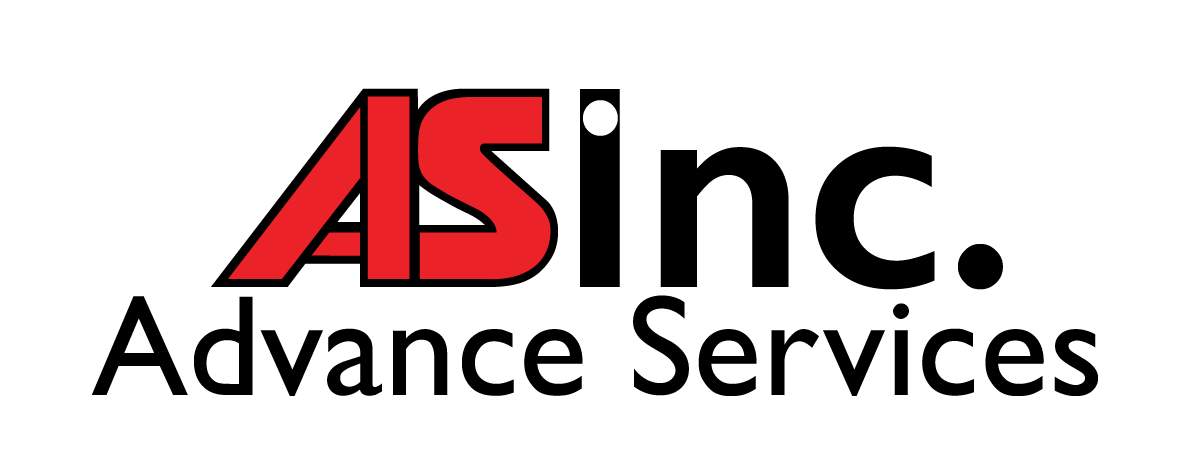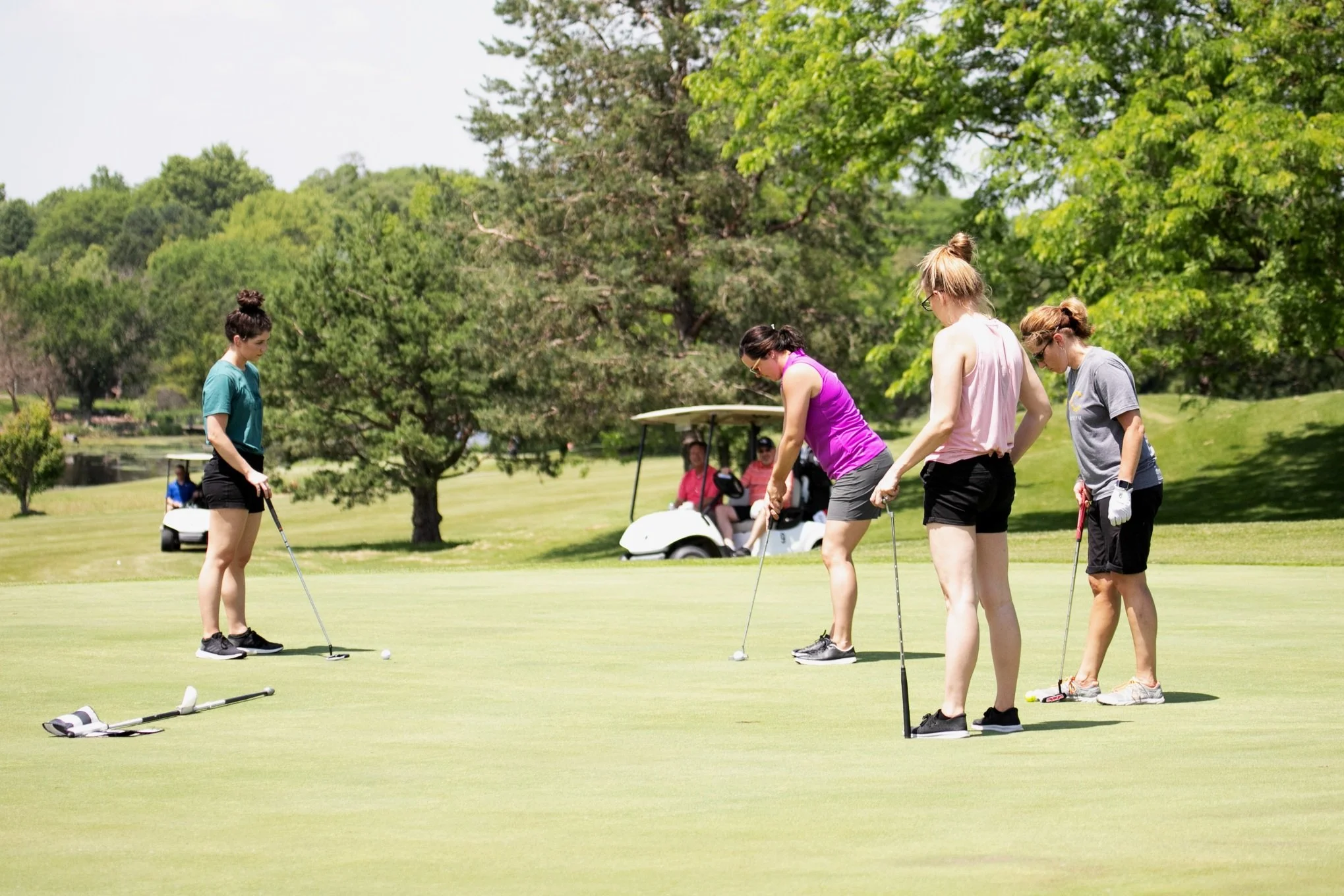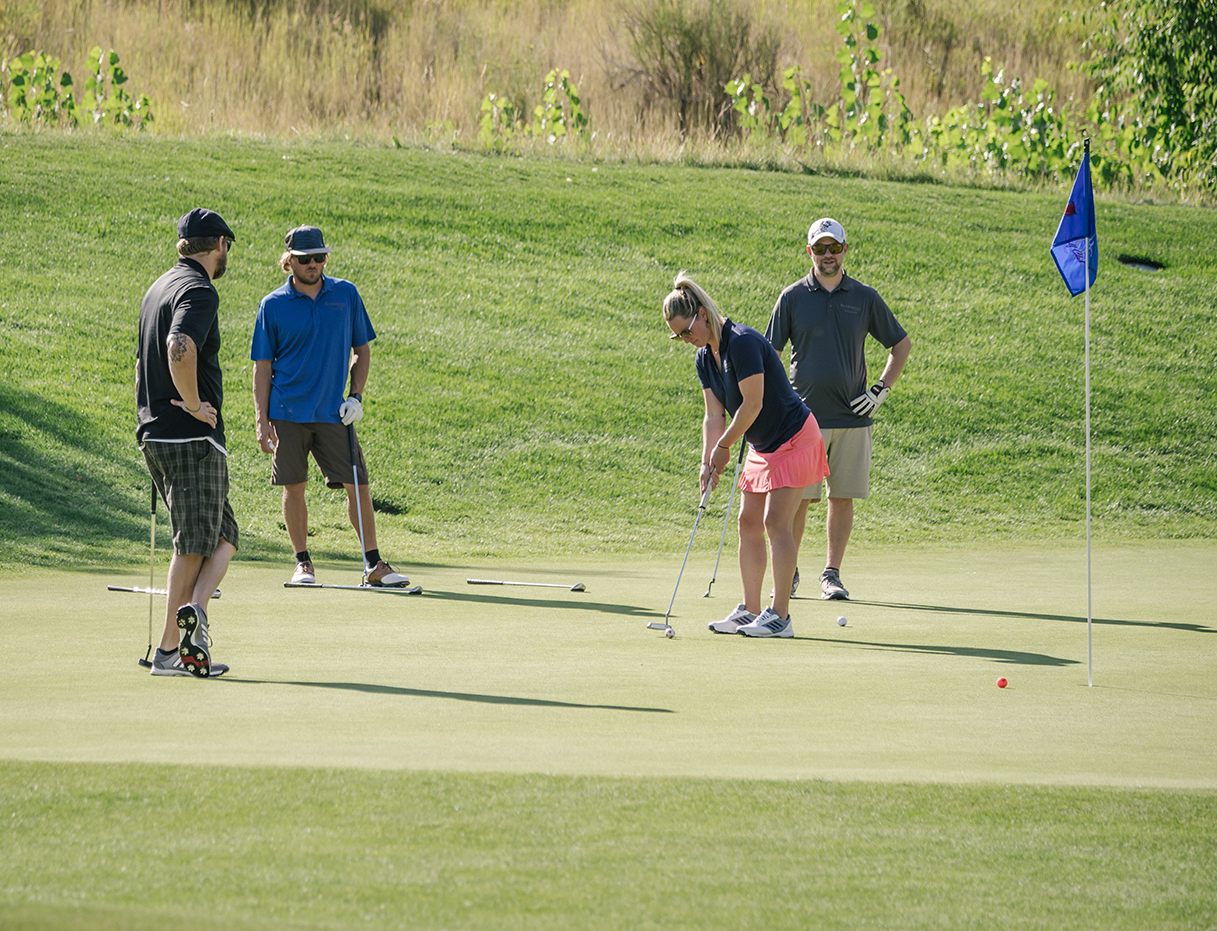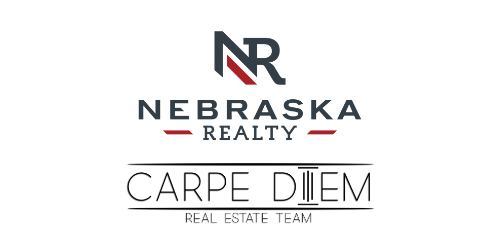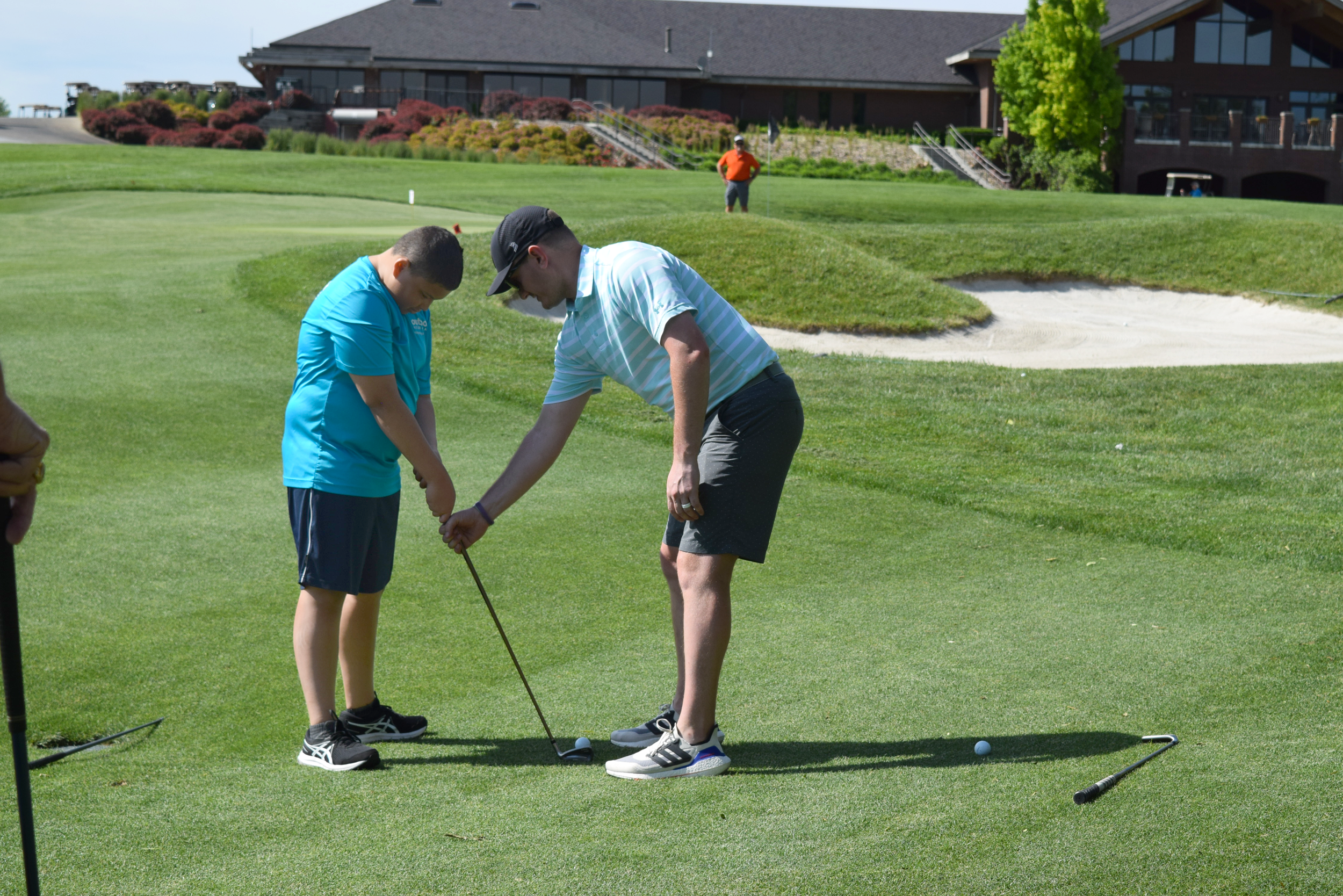After two years of success, the Putt Putt Fore Puppies mini golf tournament came back for an even bigger and better year three! Planned by GolfStatus staff, Putt Putt Fore Puppies brings the community together to raise funds for Capital Humane Society (CHS), which cares for homeless pets in Lincoln, Nebraska, and helps them find their forever homes.
2025 Recap
Golfers / Teams: 200 / 50
Courses: 3 of 3
Sponsors: 28 (plus 9 Pet Spotlights)
Outcomes: Nearly $13,000 donated to CHS
$2,000 raised on tournament day
The 2025 Putt Putt Fore Puppies Mini Golf Tournament was another resounding success! While the final amount donated to Capital Humane Society was less than in 2024 (2024’s event benefited from a very generous day-of donation that skewed the final numbers), the tournament actually raised more than in previous years. Here’s how we boosted overall revenue:
Sponsorships. New packages were added (Tennis Ball Pet Toy Sponsor, Doggie Bandana Sponsor, Drink Ticket Sponsor, Trophy Sponsor), and prices were slightly increased to drive income.
Team packages. Two team packages were offered—an “all-in” package and a standard package. Both included t-shirts, dinner, gifts, a drink ticket, and a round of mini golf for each golfer, but the all-in package includes entry into on-course games and 12 raffle tickets. Pricing was increased to cover costs and better reflect the experience.
Pet showcase. Pet owners had the opportunity to purchase a “sponsorship” to show off their beloved pets on the event website and signage at the tournament. Pet owners got to take their pet’s sign home at the end of the day!
50/50 ball drop. Attendees purchased numbered balls for $10 each, giving them the chance to win half of the total dollars raised from the ball drop. Over 50 balls (out of 100 possible) were sold, and all 100 were dropped on one of the holes before the shotgun start. Two balls made it in the hole, and the winners split the pot with CHS. One winner donated half of his winnings back to CHS! This was a relatively late addition to the tournament, with limited time to promote it ahead of event day. Because it was well-received, the planning team will continue it in 2026 and start selling balls when registration opens.
Merch. A merch sales table was another new addition to the tournament, including ball markers and magnets featuring Pete, the Putt Putt Puppy; stickers with the event logo and likeness of several of the pet spotlight animals; and additional event t-shirts.
Additional raffle prizes. This year’s raffle was extremely successful due to the quality and quantity of prizes. Attendees purchased more raffle tickets for the chance to win high-dollar prizes, including an espresso machine, photography packages, gift cards, attraction tickets, and more. And since all prizes were donated, there were no overhead costs.
2025 Changes
Based on feedback from last year’s participants, the planning team implemented a few changes for the 2025 tournament.
New planning team. Planning team members included: Ashley Stahr, Chief Marketing Officer; Payton Prall, Digital Media Manager; Jen Wemhoff, Communications Manager; David Li, Graphic Designer; Dane Stahr, Product Designer; Ty Perkins, Account Manager; Paul Sanger, Account Manager; Alex White, Fundraising Specialist; Brenden Holling, Client Success Specialist; Jack Burmeister, Client Success Specialist; Cash Dinkel, Director of Client Success;
New schedule. Additional time was built into the schedule to accommodate the extra time required to complete the Backwoods Course and the raffle drawing.
New tournament day layout. To better facilitate golfer check-in and avoid bottlenecks around the registration area, the layout was revamped. We leveraged some additional green space at Adventure Golf for a smoother flow from check-in and add-ons to dinner, sponsors, and raffle tables.
New on-course games. New game options were added to each course, including a pet putter (golfers putted with a dog toy, tennis ball launcher, or pooper scooper), alternative ball (putting with the tennis ball dog toy instead of their golf ball), and animal trivia.
Past Tournament Recaps
Here’s a quick rundown of what the tournament accomplished in its first two years:
Golfers / Teams: 164 / 41
Courses: 2 of 3
Sponsors: 21
Fundraising Goal: $3,000
Outcomes: $9,200 donated to CHS
$1,100 raised on tournament day
Golfers / Teams: 216 / 54
Courses: 3 of 3
Sponsors: 31
Fundraising Goal: $12,000
Outcome: $15,000 donated to CHS
$5,500 raised on tournament day

